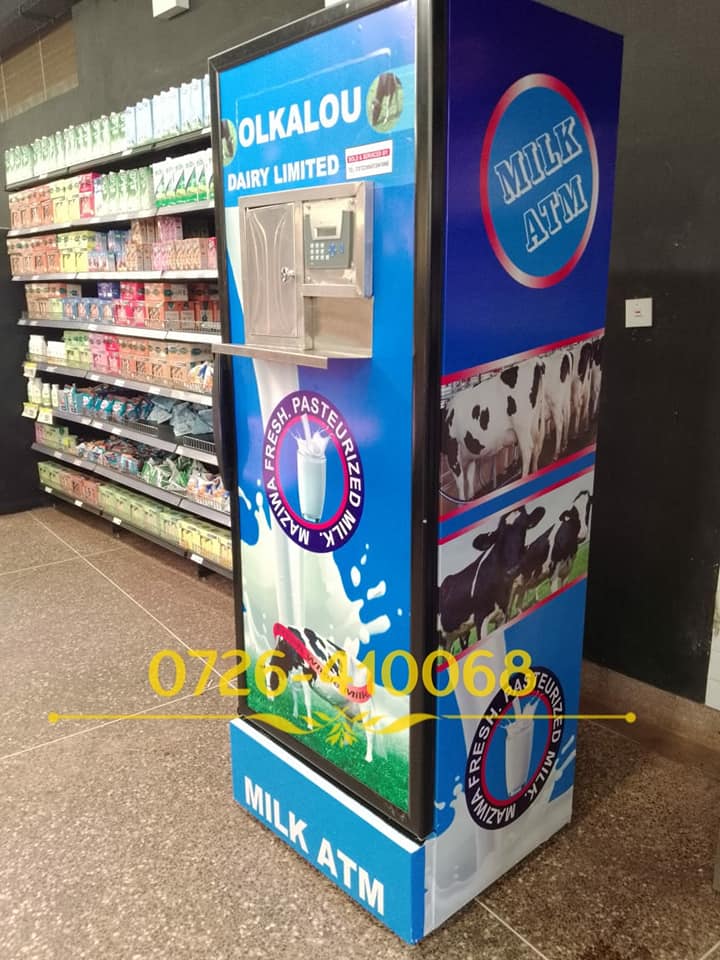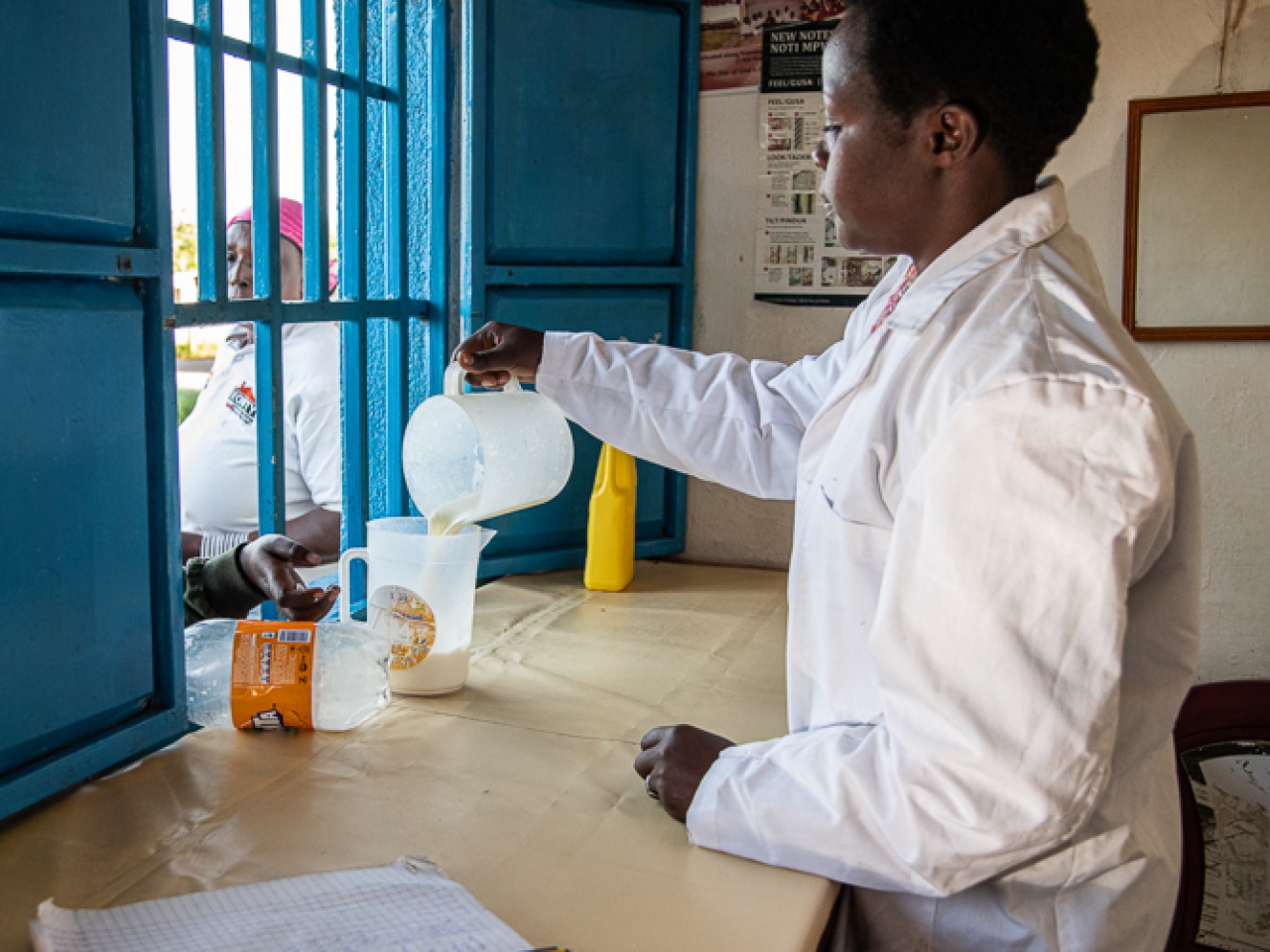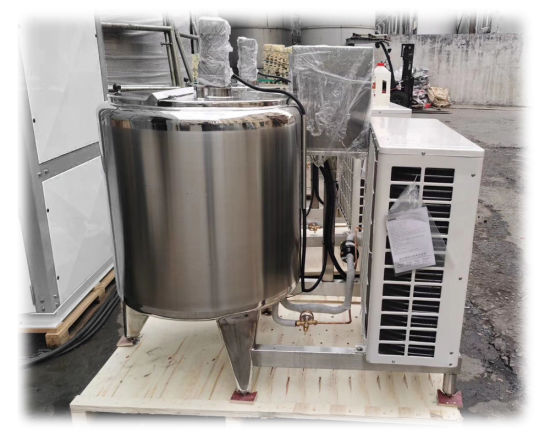Operational costs and returns in running Milk ATM enterprise in Kenya
Its no secret that more than half of the operational cost in Milk ATM enterprise is for servicing, which reflects efforts by entrepreneurs to implement scheduled servicing as instructed by the manufacturers. But the high cost of servicing present concern in the running of Milk ATM enterprise because entrepreneurs are likely to skip some servicing schedules in order to reduce operational costs. This would be a failure in complying with the regulations requiring that Milk ATM retails only pasteurized milk.
In this study by Julius Mwaura, director at Tassmatt Agencies Ltd – One of the leading suppliers of Milk ATMs in Kenya with a 5star rating – the operator declared that one sample out of thirty nine samples was raw milk, suggesting that not all milk from Milk ATM are pasteurized. Retailing unpasteurized milk in the ATM pose the risk of compromising the quality and safety of traded milk. This should inform the authorities controlling food safety to direct effective quality inspections towards checking trade malpractices in milk ATM retailing businesses. One of the major reason was misinformation from where they had bought the Milk ATM machines and most reported to have purchased from resellers placing adverts all over the internet.
Though most Milk ATMs in Kenya are imported, emerging local assembling is evident, which would grow with increased uptake of the ATM for milk retailing. It would be beneficial to the efforts of formalizing milk market in Kenya to support local innovation in fabricating and assembling milk ATM in Kenya because it would make the machines affordable and create jobs in the dairy value chain.
Consumers are attracted to milk from ATM because milk is retailed at a price half lower (KES 60 to 70) than the retail price of 1 litre of pasteurised, packaged milk (KES 120). This means that consumers save KES 50 to 60 per litre of milk. The saving is an economic incentive in markets where consumers prioritize price and consistent availability over milk safety as they may be unwilling or unable to pay a premium price for packaged milk. The retail margins per litre of milk of up to KES 10 are a business attraction to SMEs, depending on the volume of milk traded. They can cash on this market opportunity in responding to the growing domestic consumption demand for processed milk and dairy products evident in the economic surveys.
The milk sale volumes between 2013 and 2018 increased by 21.3 % in processor milk intake, by 11.7 % in processed milk and cream, by 46.1 % in cheese and by 1.5 % in butter and ghee. These growth trends in manufacturing high value milk and dairy products present an increasing demand by processors for supply of high quality and safe milk. Some of the high value milk and dairy products are the pasteurised ready to drink milk retailed in ATM, targeting urban consumers.
But running milk ATM enterprise require secured access to stable supply of clean water and electricity to observe the hygiene practices and to avoid compromising quality and safety of milk to consumers. If the growing consumption demand trends continue, pasteurised milk from ATM would be a growing segment of the milk retail market. The government can support growth of ATM in milk retailing with evidence base to inform targeted response to this likely growth scenario by understanding better the likely growth trends, consumer demands and policy responses that may support or discourage further growth of milk ATM in the country.
For detailed information on Milk ATM enterprise in your area contact Tassmatt via 0726-410068 and they will be helpful. They are certified sellers of milk ATMs in Kenya together with milk pasteurizers and milk coolers in Kenya.







